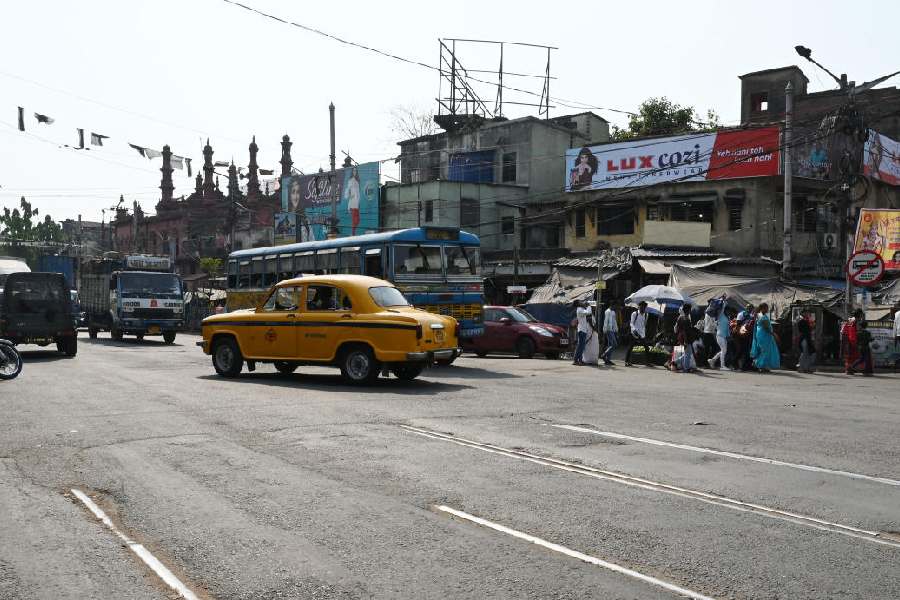A division bench of acting Chief Justice T.S. Sivagnanam and Justice Hiranmay Bhattacharyya of the Calcutta High Court on Monday asked the state government to stop pouring bitumen over tram tracks and inform the court whether it had any policy for preserving trams.
The bench fixed the next hearing of the case on June 12, a week after the court would reopen after 15 days of summer break.
The order followed a petition by the People United for Better Living in Calcutta (PUBLIC) alleging that the government did not have enough interest to protect and preserve the heritage and pollution-free transport.
The petition mentioned that the decision to dismantle the tram system was taken “in the most arbitrary and capricious manner”.
Siddhartha Mitra, a senior advocate who appeared for PUBLIC, later told The Telegraph that they pleaded before the bench that the state government should involve transport and environment experts to plan how to run trams.
“The court has asked the state government to stop the bituminisation of tram tracks. It has also asked the state government to explain its policy on tram preservation,” Mitra said.
The state government has already poured concrete over many tram tracks in the city. Officials have said that this was done to ensure the safety of commuters.
“We have also argued that the state government should modernise the fleet of trams instead of withdrawing trams from one place after another,” Mitra said.
When the chief justice asked if the state government had any policy on trams, the lawyer appearing for the state prayed for time to reply. The lawyer said: “ Maintaining tram services is a very tough task. The government is facing huge losses in trying to preserve the age-old service.”
The Telegraph reported on February 25 that the state transport minister had said that it was not possible to run trams on more than four or five routes. “Our government does not want to shut down trams but, simultaneously, it is not possible to run trams on all routes. Trams will run on four or five routes,” Snehasis Chakraborty, Bengal’s transport minister said at the Esplanade terminus while flagging off 150 years celebrations of trams.
The first tram — a horse-drawn carriage — in Kolkata ran between Sealdah and Armenian Ghat on February 24, 1873, according to the website of the West Bengal Transport Corporation. There are only three routes on which trams now run, said a member of the Tram Users’ Association. They are Tollygunge-Ballygunge (route 24/29), Gariahat-Esplanade (route 25) and Shyambazar-Esplanade (route 5).
Partha Sengupta, another advocate for PUBLIC, told the court that tram services were irregular and there was no fixed schedule. Passengers were not benefitting from the services.
